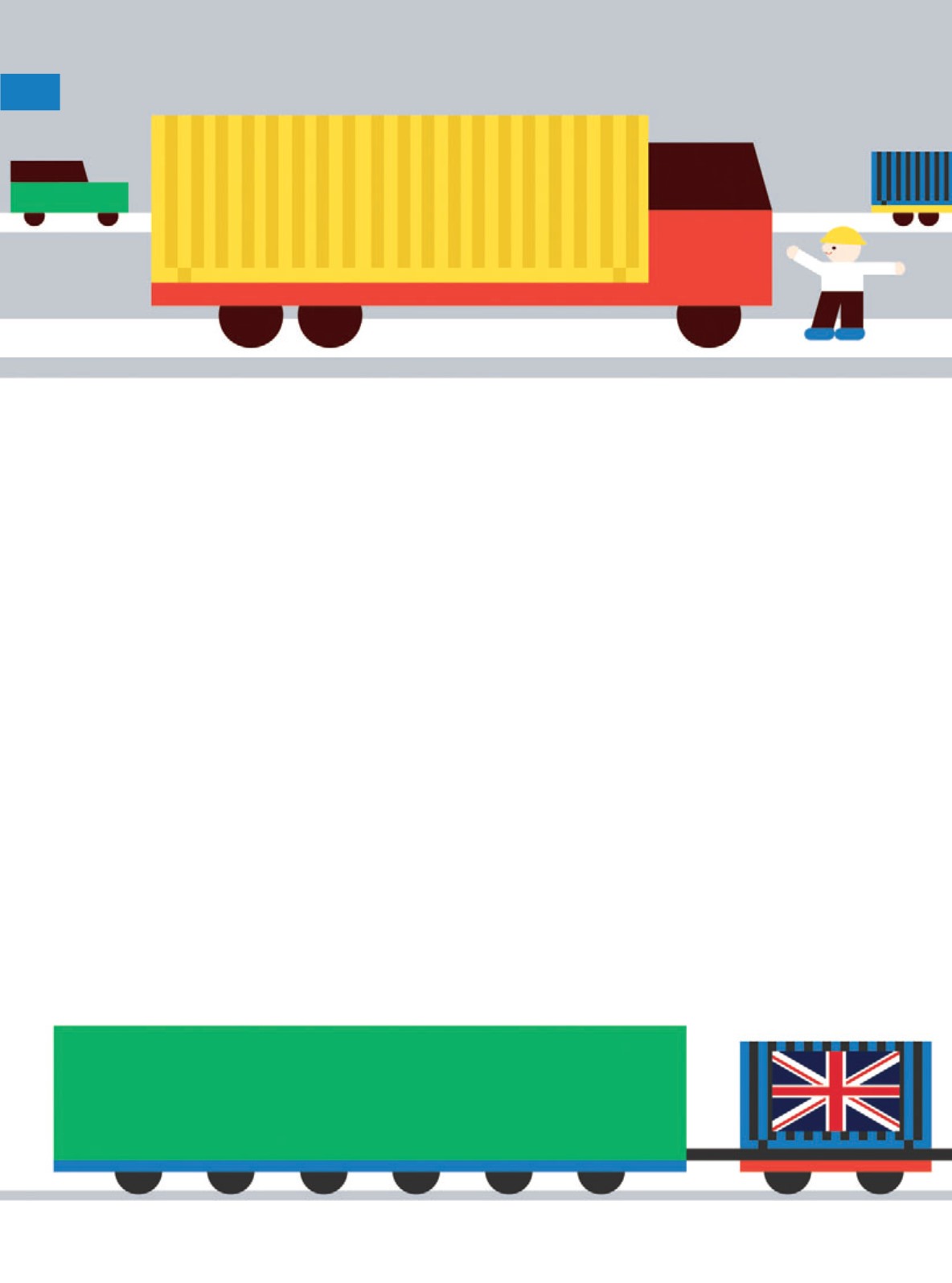
Sphere
#37
2015
16
<<
Building blocks of communities
precarious rural lives and enter a modern
economy. None of this would have been
possible without the growth brought
about by YICT.
Global aspirations,
local execution
YICT’s positive impact is not limited
to Shenzhen. In addition to meeting
the logistic demands of local cargo
owners, YICT has launched intermodal
transportation services to inland cities
like Chongqing and Kunming, effectively
giving them coastal access. The human
development benefits that Shenzhen
has seen over the last 30 years are now
extending inland, as high-technology
logistics and supply chain supporting
industrial development spread demand
for an educated workforce into new parts
of China.
The success and trading prowess of
Shenzhen paved the way for the opening
and development of the Pearl River Delta
and neighbouring parts of China, as
Deng Xiaoping intended. Future trading
entrepots would follow the Shenzhen and
Yantian model as China reclaimed its place
as a great trading nation.
Across the Pacific Ocean, the progress of
another nation—and even the world—is
also inextricably tied to its ports: Panama.
Panama: Game Changer
There is no Canal without ports and there
is no modern Panama without its highly
efficient maritime services. The modern
cities of Cristóbal (on the Atlantic) and
Balboa in Panama City (on the Pacific)
have grown up around the ports. American
interest in building the Canal went back to
the Panamanian separation from Colombia
back in 1903 and they administered the
Canal until the late 1990s.
Improvements in health care, roads,
sewage, communication and transportation
were legacies of processes implemented
to effect the completion of the canal.
The building of the ports and canal saw
resources and management dedicated to
bringing better quality food and housing to
the areas flanking the Canal Zone, and the
enormous increase of trade through the
canal led to rapid economic growth.
In 1997, HPH obtained the 25-year
extendable concession of the ports of
Balboa and Cristóbal, now known as
Panama Ports Company (PPC). It has since
invested over USD1 billion in expansion,
equipment and infrastructure.
The Port of Balboa, inaugurated in 1909,
was reinvented as a modern container
terminal in November 2000 after significant
expansion to upgrade its facilities. Located
on the Pacific side of the Panama Canal
in the city of Panama, the port holds a
strategic position in world trade.
Mega
Under the management of PPC,
investments have transformed the Ports
of Cristóbal and Balboa into “mega-ports”,
boosting the local economy and matching
the 25-year expansion of the canal
currently underway. The Panama Canal’s
expansion will double its capacity by 2016
and allow passage of larger, more modern
ships. After expansion, the combined PPC
ports will handle up to 6.5 million TEUs,
representing one third of all cargo moving
through Panama’s ports.
The capacity will certainly double—but will
traffic? This will only happen if the service
the ports and canal provide is competitive.
“If the service we provided were not good
enough, shipping lines could spend a little
more and go around the canal,” says Aitor
Ibarreche, CEO of PPC. “We do make a
difference for shipping lines who choose to
use the canal.”
Ports and people
When the Americans left in 1999,
only 300 people worked in the ports.
Today, the ports of Balboa and Cristóbal
employ more than 4,200 staff, mostly in
high-skilled trades. In terms of indirect
100 000 000
Teus & beyond in 18.5 years
train
movements a day
60
Yantian


